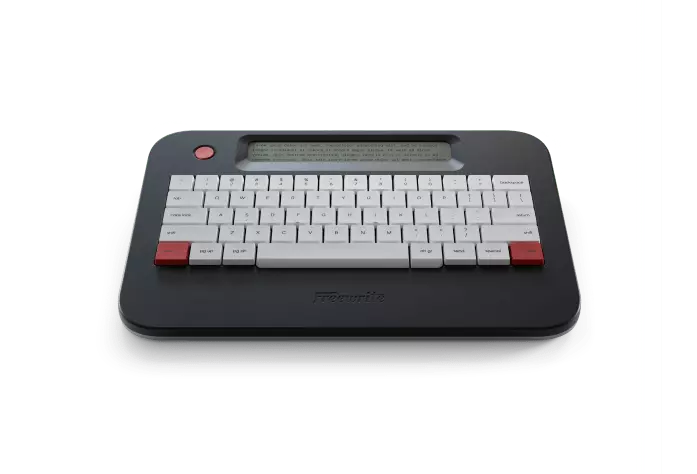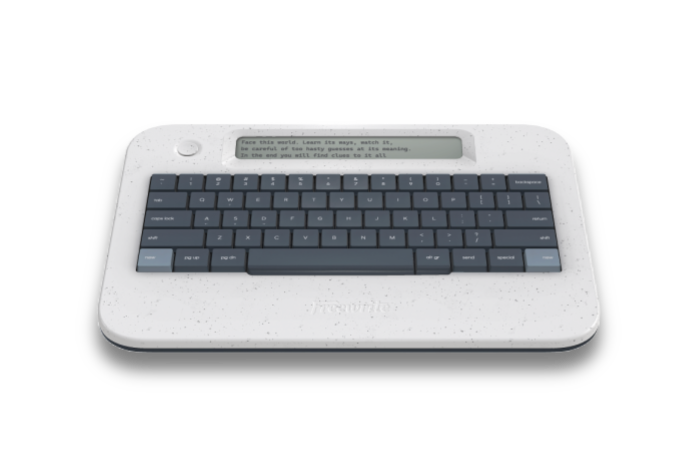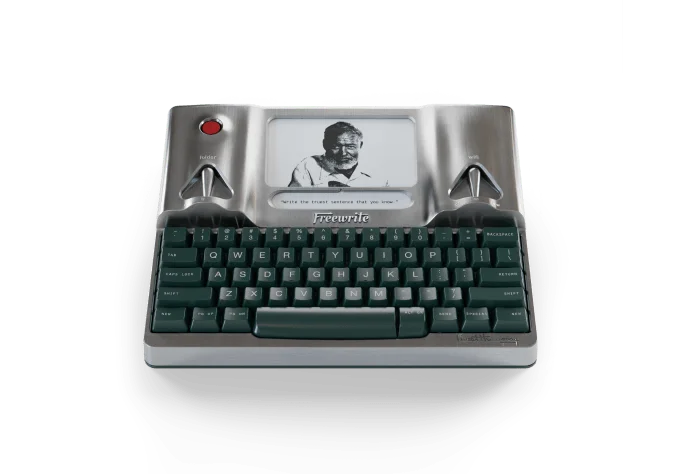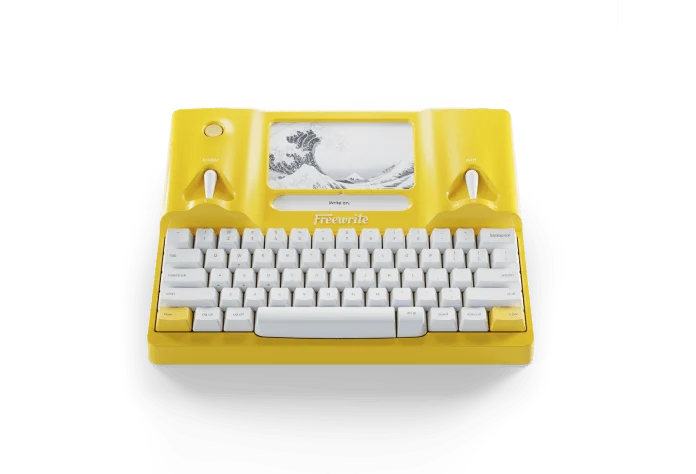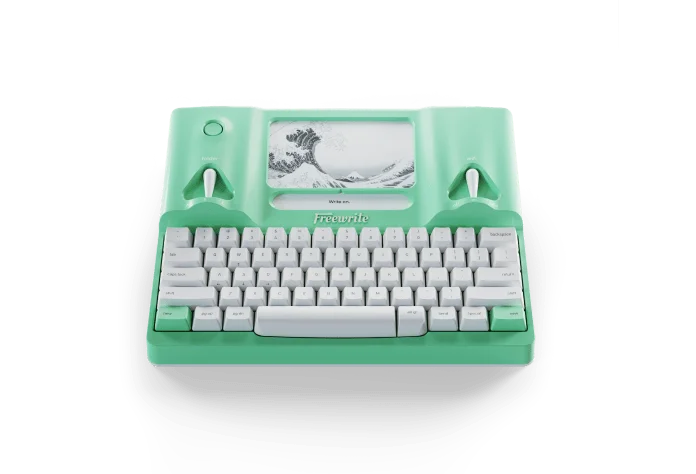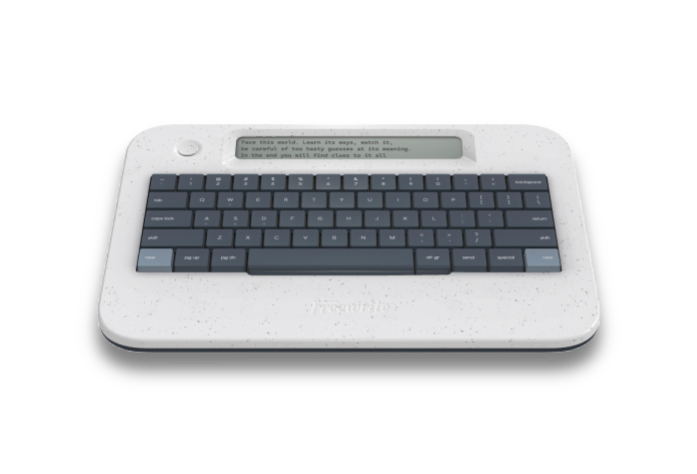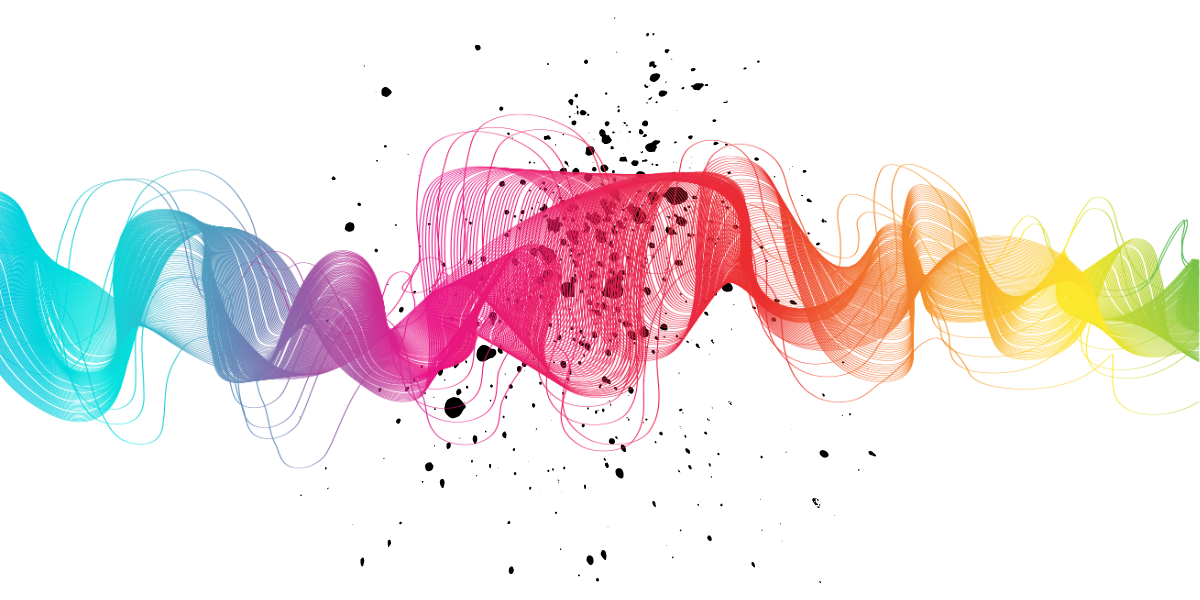There’s a proverb that says “a journey of a thousand miles begins with a single step.” In other words, however long and difficult the task, it has to start with one simple action. If sitting down to write 60,000+ words feels like that proverbial journey, then The Snowflake Method of planning your book might be right for you.
The Snowflake Method was invented by Randy Ingermanson, a theoretical physicist who, for reasons not even clear to himself, suddenly developed the burning desire to write a historical suspense novel. His first attempt was (in his own words) “horrible drivel”, but undeterred, he persisted for ten more years, working hard at improving his craft until an agent finally took a chance on him and got his first book into print.
Suddenly – again for reasons he cannot understand – people started asking him to speak at writing conferences, and he discovered a passion for teaching fiction. That’s when he put an article on his website about his method of writing a novel, which he had named “The Snowflake Method.” The rest, as they say, is history.
So, what is The Snowflake Method? As the name suggests, it’s a way of writing a book that mirrors the way a snowflake forms. First, a droplet of water freezes to a particle of dust, creating an ice crystal. As this crystal moves through the atmosphere, water vapor freezes to the outside of it, growing and building the flake’s unique structure. In this analogy, your story’s premise is the original ice crystal, and you build outwards from there.
Let’s cover each step of The Snowflake Method in detail. If you follow these steps faithfully, you’ll complete the entire process of planning and writing your book.
Step one: Write a one-sentence summary
Recommended time – 1 hour
In one short sentence (try to keep it to 15 words or less), describe the premise of your novel. Don’t worry about character names right now – just concentrate on who they are and what challenges they face. Ingermanson suggests looking through the New York Times’ Best Sellers List to see some great examples. For instance, their summary for American Dirt by Jeanine Cummins is simply, “A bookseller flees Mexico for the United States with her son while pursued by the head of a drug cartel.”
Step two: Write a one-paragraph setup
Recommended time – 1 hour
Once you’ve distilled your premise into a single sentence, the next step is to expand it into a paragraph of around five sentences. The first sentence should set up your story, and the next three should outline the conflicts/disasters/problems that arise throughout the novel. Finally, the fifth sentence should wrap up everything that happens.
Step three: Introduce your characters
Recommended time – 1 hour per character
Now that you know the story you’re going to tell, you need to start thinking about your characters. For each one, create a one-page summary that contains:
- Their name
- A brief sentence about their storyline
- Their motivation
- Their goal
- Their conflicts or challenges
- What they learn or how they change throughout the story
- A more in-depth paragraph about their storyline
These character overviews don’t have to be perfect right off the bat – feel free to revisit and refine them as you work through the process. The more you think about your characters and how they fit within your story (and with each other), the more evident it might become that elements of your original setup to change. Now is the best time to do that, before you invest hours and hours writing the first draft!
Step four: Write a one-page summary
Recommended time – 3-4 hours
Now you’re getting deeper into the business of building up the structure of your novel. Take your one-paragraph setup from step two and turn each sentence into a paragraph. Here, your first paragraph sets the scene, and the next three explore the different challenges and conflicts that your characters experience. The final paragraph explains how everything comes together and how the story ends. When you’re done, you should have approximately one page covering your story from start to finish.
Step five: Create your individual character stories
Recommended time – 1-2 days
Next, you’re going to do the same fleshing-out exercise with each of your characters by writing a one-page synopsis for each major player that tells the story from their perspective. Do the same thing, but shorter, for the minor players in your novel. Don’t forget that you can return to steps one through four at any time during this stage to make changes as you start to learn more about each character.
Step six: Create your synopsis
Recommended time – 1 week
This step involves taking your one-page summary and each of your character’s story threads and combining them to create a four-page synopsis. Here is where your story really starts to come together, and you can see the way all the elements interact. You’ll probably discover that you want to go back and make some adjustments to the previous steps so that everything fits.
Step seven: Expand your characters
Recommended time – up to a month
It’s time to get to know your characters better and create detailed sheets for each of them. Include every little detail, like how old they are, what they look like, their likes and dislikes, their motivations, dreams, goals and fears. What experiences shaped them? What kind of personality do they have? What are their qualifications? Do they have any odd quirks? This might seem like a time-consuming activity, but it saves you even more time once you finally start writing your first draft, because you’ll have a fantastic handle on everybody, and you’ll have already tweaked your story summary and synopsis to accommodate any revelations that come out of this process.
Step eight: Create a spreadsheet of scenes
Recommended time – up to a week
Before you jump boots and all into your first draft, you may find it helpful to plan out all your scenes in a spreadsheet. Assign one row to each scene, with one column for the POV character and another column to briefly describe what happens in the scene (just a sentence or two). If your descriptions run off the page and you don’t want to be constantly scrolling from left to right, ensure you have “wrap text” enabled. Use your four-page synopsis to help you create this list. While it might seem odd to use a spreadsheet for this task, it helps to keep everything visually neat, and it’s easier to move scenes around as required. You can add extra columns for things like how many pages each scene might fill and what chapter it belongs to.
Step nine: Expand your scenes
Recommended time – 1-2 weeks
You might be ready to start writing now, but if not, this optional step helps you to prepare even further. It involves taking each brief scene description from your spreadsheet and writing several paragraphs describing the scene. Here’s where you can start jotting down snippets of dialogue and confirming the purpose of the scene – what’s the essential conflict? If you can’t find a purpose for the scene, then you will either need to add one or remove the scene from the story. You should start each scene on a separate page or in a separate document. Ingermanson recommends printing them all out and putting them in a loose-leaf binder so that you can jot notes on them and swap scenes around easily.
Step ten: Write your book!
Now you have all the tools to write your story, and this part of the process is going to be much quicker because you already know who is doing what and when. There will still be little details to work out along the way, but you’ve already done the hard work, so any decisions required at this point will be small.
The Snowflake Method isn’t just good for starting from scratch. You can also use it to finish a half-written novel if you’ve lost your way, or to polish a completed novel so that your story is tighter and more cohesive.
If you’ve had a story floating around in your head but felt overwhelmed by the enormity of writing a book or just didn’t know where to start, The Snowflake Method’s system of breaking it down to its smallest step might be just what you need to finally get writing.



